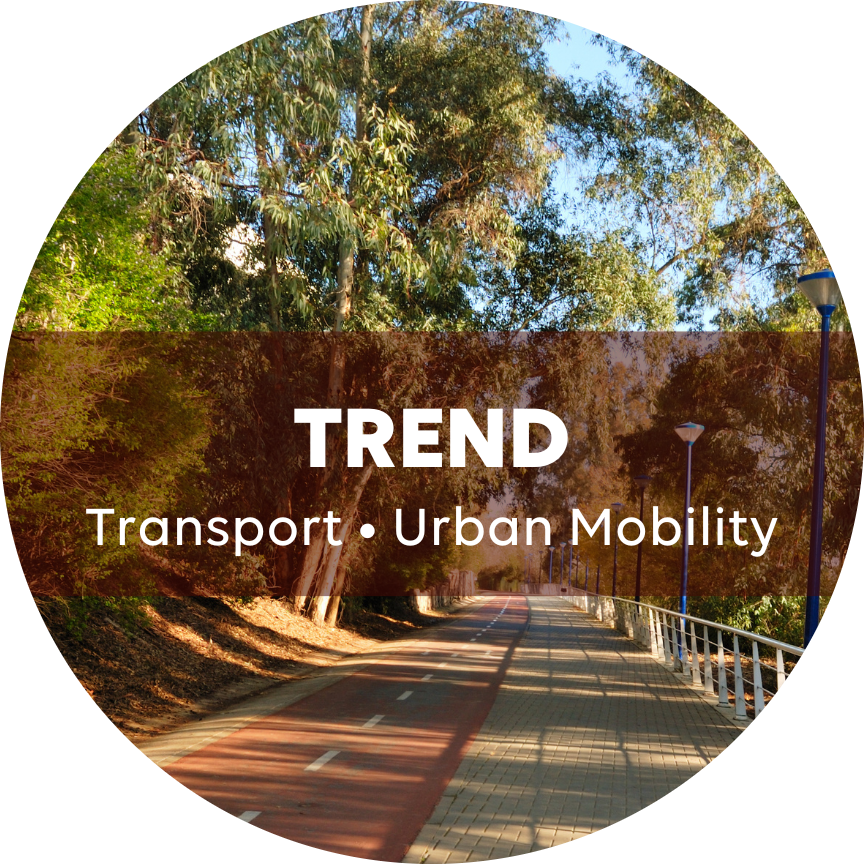Transport • Beyond the motorisation, cities are reorganizing the urban space for low-carbon mobility
The car’s place in urban mobility is shrinking, sometimes even disappearing from certain neighbourhoods, at certain times of day, depending on certain driving conditions. Active mobility is gaining ground, with cycling and walking leading the way.

2022
Samuel Laval, Ministry of the Ecological Transition | Climate Chance Observatory
2022 does not (yet) mark the end of cars in cities. Nevertheless, municipalities are not only making their public transport fleets greener thanks to electric and hybrid buses, they are also striving to reduce the number of cars on the road. The car’s place in urban mobility is shrinking, sometimes even disappearing from certain neighbourhoods, at certain times of day, depending on certain driving conditions. Active mobility is also gaining ground, with cycling and walking leading the way.
- A strong move to decarbonize urban modes of transport is underway with the energy transition of motorized vehicles. Along with light-duty vehicles, buses are making a clear shift towards electrification, driven by different approaches depending on the continent: regulation in the European Union, state subsidies in India and China, strong municipal ambitions and international funding programmes in South America. Nevertheless, the volumes involved are still too small to compete with combustion engines; additionally, the accumulation of vehicles does not help the decarbonisation of the sector.
- At the same time, other levers, i.e., the modal shift and sufficiency, continue to take a back seat in the process. To stimulate these levers of transformation, many cities are making efforts to rethink the urban space to give more room to infrastructures for active mobility, and restrict or even prohibit the use of cars. Bicycles, which became extremely popular during the pandemic, continue to gain ground: once-temporary measures are now established features in towns.
Cities are also rethinking the way that they organize the public space with the creation of different zones – low-emission (or zero-emission) zones, pedestrian areas, and similar measures. These actions are motivated by both environmental reasons, such as reducing emissions and improving air quality, and social issues, to allow the mobility of every citizen without having to depend on individual internal combustion vehicles and fossil fuels.



